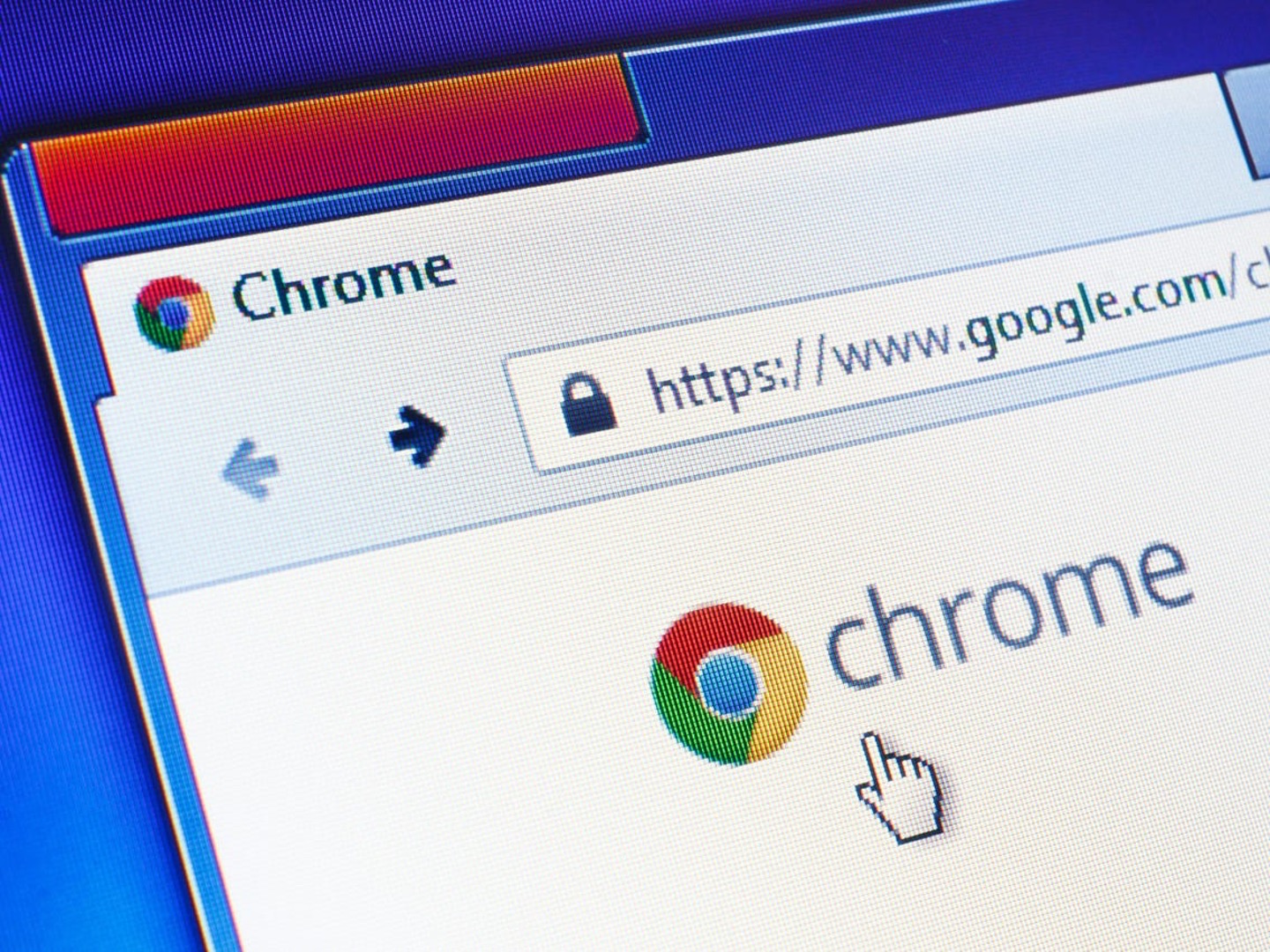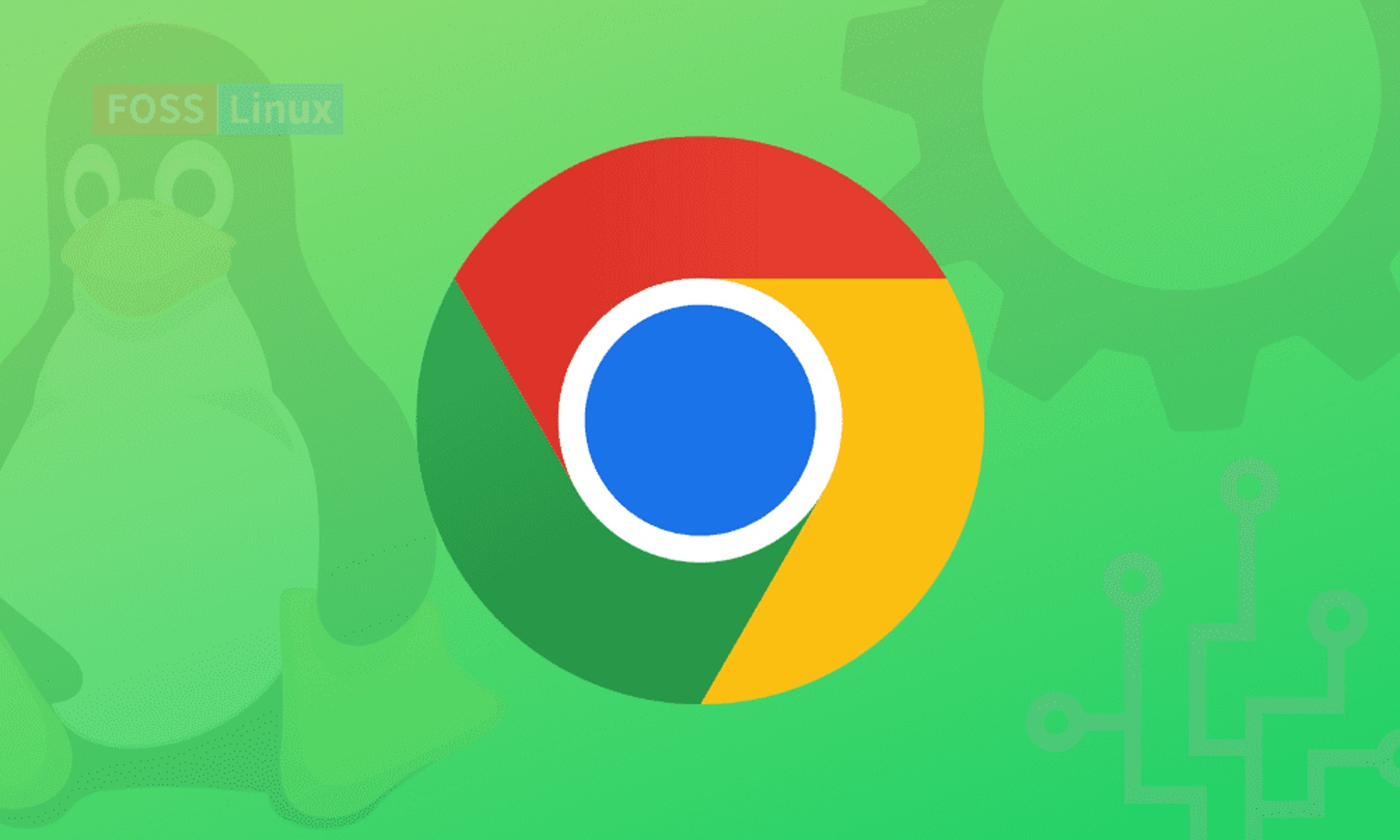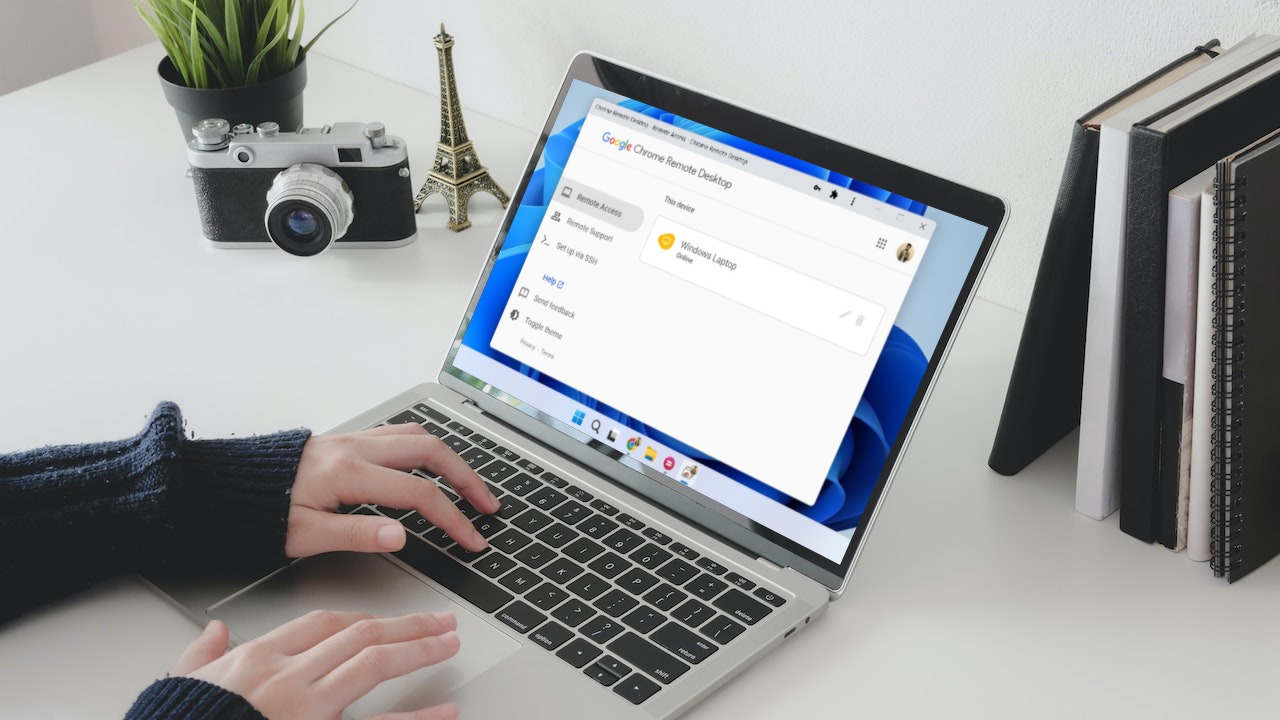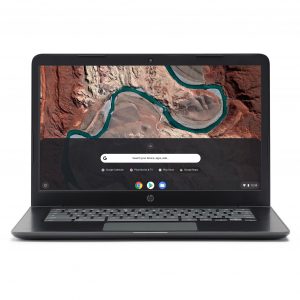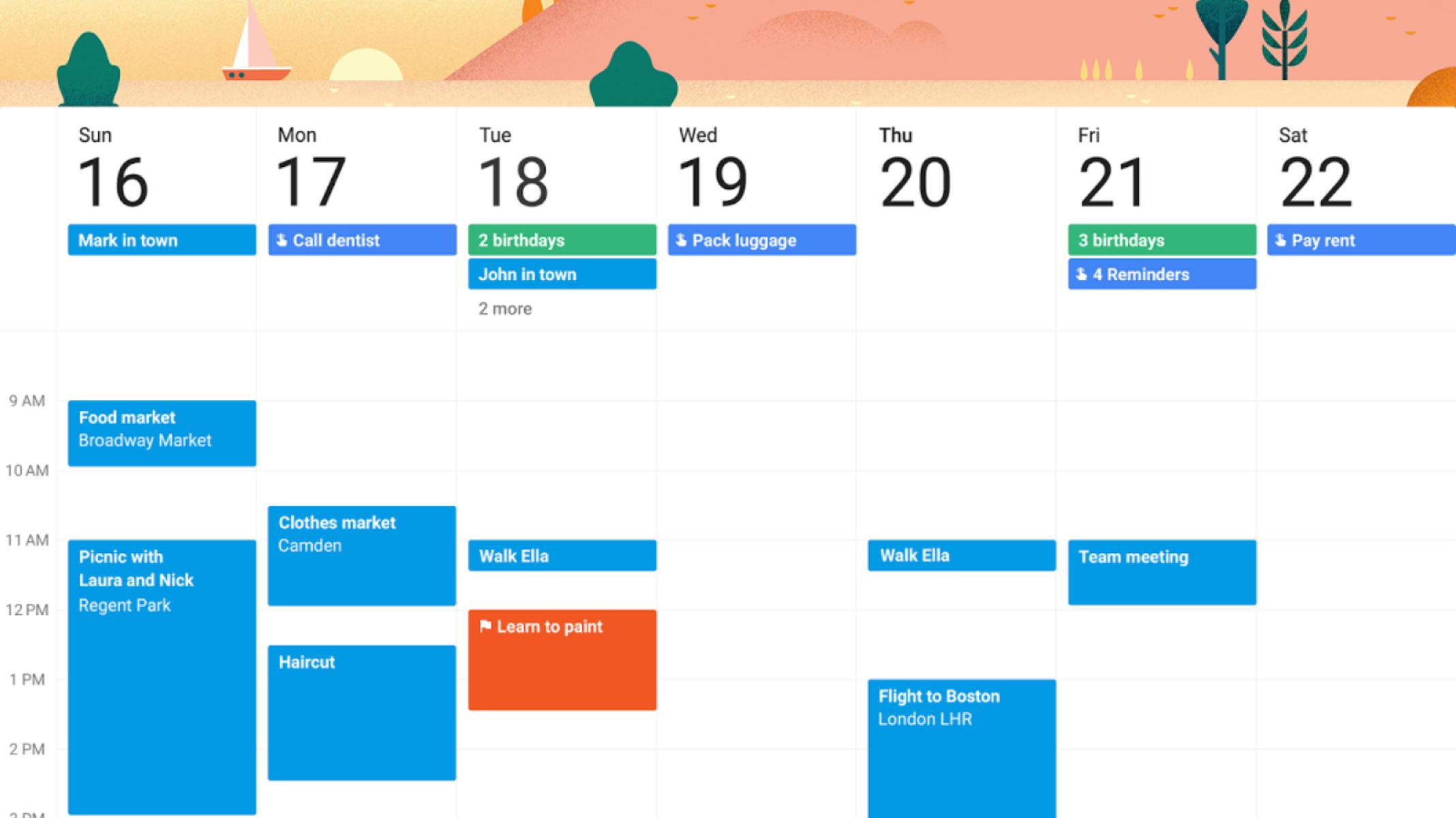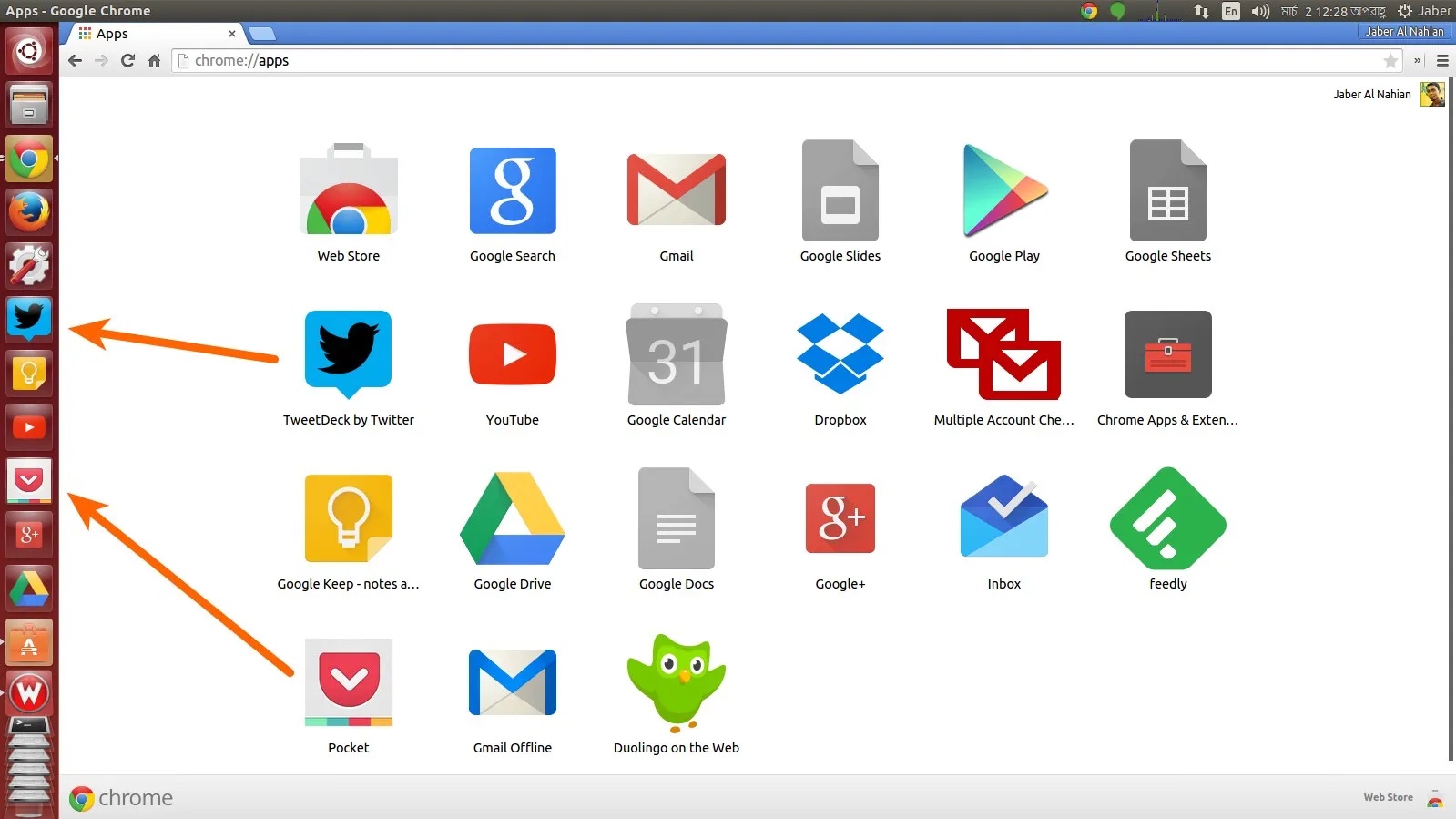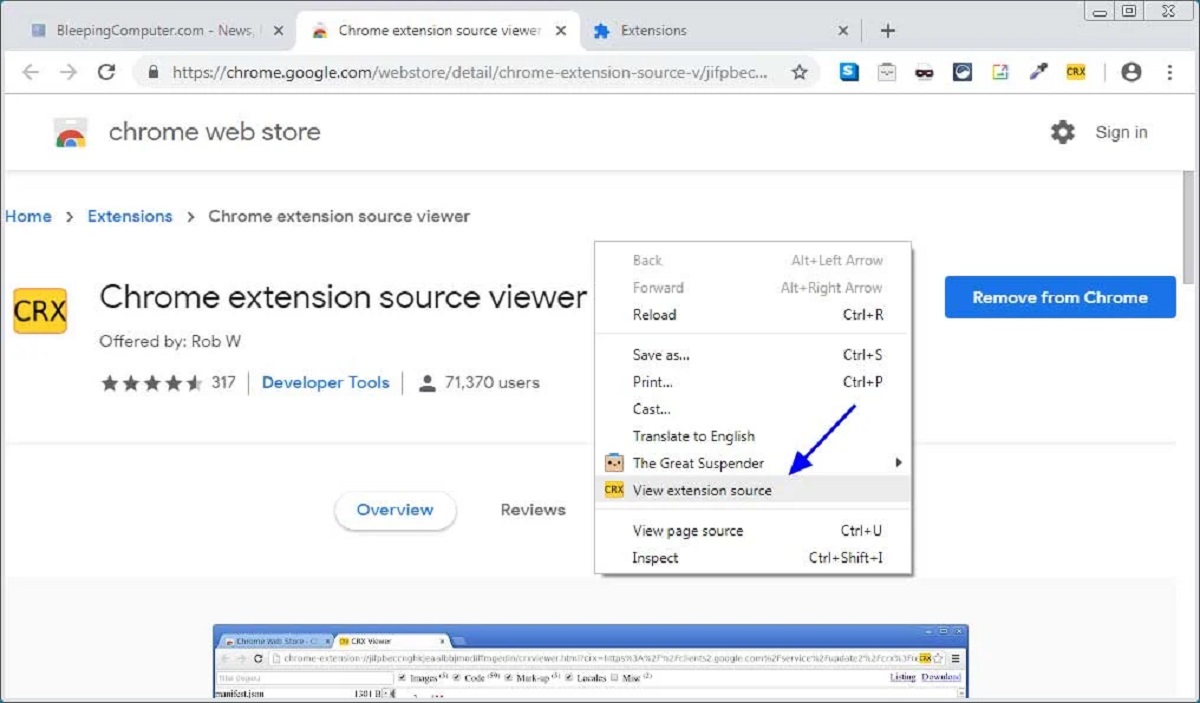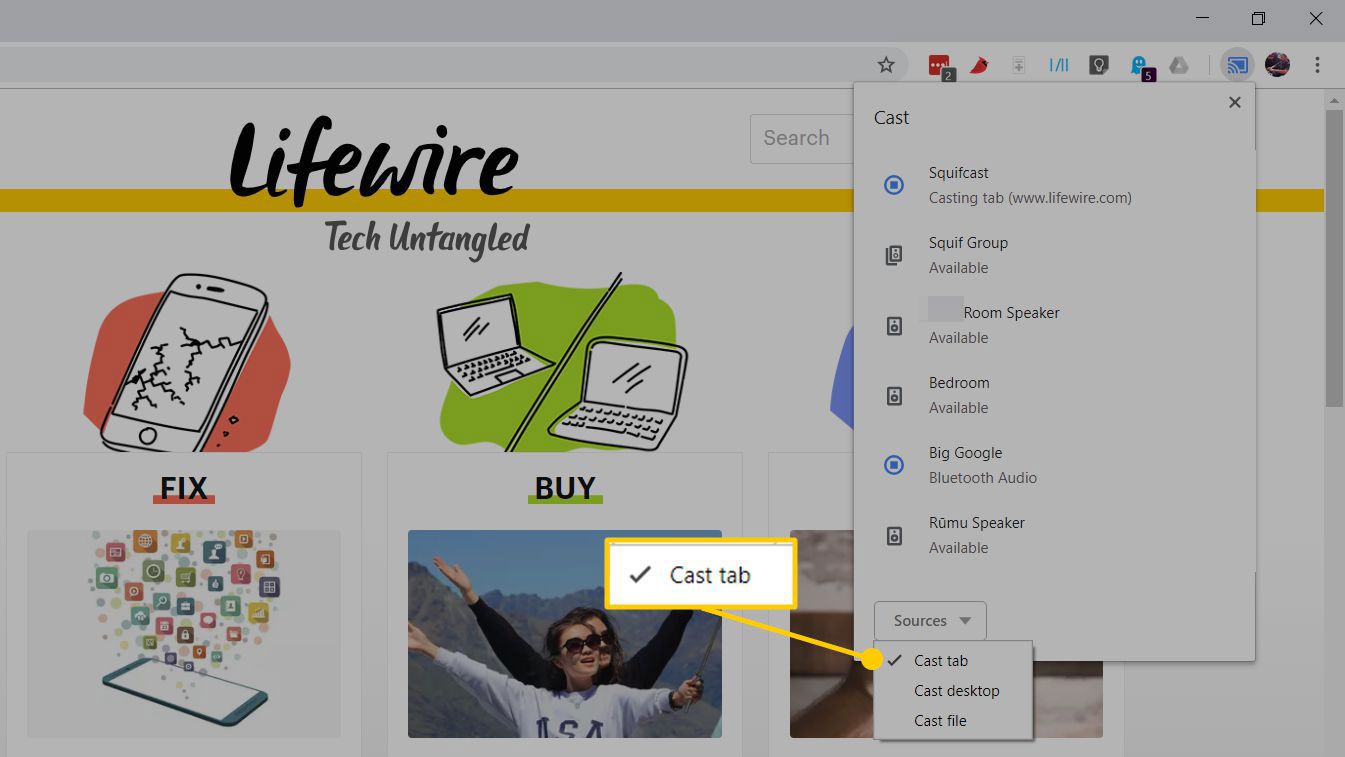Introduction
Adding Google Chrome to your desktop can be a convenient way to access the browser quickly and efficiently. Whether you're using a Windows, Mac, or Linux operating system, there are various methods to achieve this. By adding a shortcut to your desktop, you can streamline your browsing experience and save time navigating through menus and folders to launch the browser.
In this article, we will explore different methods for adding Google Chrome to your desktop on Windows, Mac, and Linux. Each method is tailored to the specific operating system, ensuring that you can easily access Google Chrome with just a single click. Whether you're a seasoned computer user or just getting started, these step-by-step instructions will guide you through the process, making it accessible to users of all levels of expertise.
By following the instructions provided in this article, you can personalize your desktop and optimize your workflow, allowing for seamless access to Google Chrome. Let's delve into the methods for adding Google Chrome to your desktop on Windows, Mac, and Linux, and discover how simple it can be to enhance your browsing experience.
Method 1: Adding Google Chrome to Desktop on Windows
Adding Google Chrome to your desktop on a Windows operating system is a straightforward process that can save you time and streamline your browsing experience. Here's a step-by-step guide to help you add Google Chrome to your Windows desktop:
-
Locate Google Chrome: Begin by locating the Google Chrome icon on your desktop or in the Start menu. If you don't see the icon on your desktop, you can find it in the Start menu by typing "Google Chrome" in the search bar.
-
Create Shortcut: Once you've located the Google Chrome icon, right-click on it. A context menu will appear. From the context menu, hover your cursor over "More" and then select "Open file location." This will open the file location where the Google Chrome shortcut is stored.
-
Desktop Shortcut: In the file location window, right-click on the Google Chrome shortcut. From the context menu, select "Send to" and then click on "Desktop (create shortcut)." This action will create a shortcut to Google Chrome on your desktop.
-
Customize Shortcut: You can further customize the shortcut by right-clicking on it and selecting "Properties" from the context menu. In the Properties window, you can change the icon, pin it to the taskbar, or assign a keyboard shortcut for quick access.
-
Access Google Chrome: Now that you have the Google Chrome shortcut on your desktop, you can simply double-click on it to launch the browser. This convenient shortcut eliminates the need to navigate through menus or search for the browser every time you want to access it.
By following these simple steps, you can add Google Chrome to your Windows desktop, making it easily accessible and enhancing your browsing efficiency. This method provides a quick and convenient way to launch Google Chrome, allowing you to focus on your browsing activities without unnecessary delays.
Adding Google Chrome to your Windows desktop is a practical way to personalize your computer and optimize your workflow. With just a few clicks, you can create a shortcut that simplifies your access to Google Chrome, ultimately improving your overall browsing experience.
Method 2: Adding Google Chrome to Desktop on Mac
Adding Google Chrome to your desktop on a Mac operating system is a convenient way to streamline your browsing experience and access the browser with just a single click. Here's a detailed guide to help you add Google Chrome to your Mac desktop:
-
Locate Google Chrome: Begin by locating the Google Chrome application on your Mac. You can find it in the "Applications" folder or by using the Spotlight search feature. Simply click on the Spotlight icon in the menu bar or press Command + Space, then type "Google Chrome" and press Enter.
-
Create Alias: Once you've located the Google Chrome application, you can create an alias for it. To do this, simply click and drag the Google Chrome icon while holding the Option and Command keys simultaneously. Drag the icon to your desktop or any other desired location. This action will create an alias, which is a shortcut to the original application.
-
Customize Alias: You can further customize the alias by renaming it or changing its icon. To rename the alias, simply click on the alias icon once to select it, then click again to edit the name. To change the icon, you can find an image or icon you prefer, copy it, and then click on the alias icon, select "Get Info" from the context menu, click on the current icon in the Info window, and then paste the new icon.
-
Access Google Chrome: Now that you have the Google Chrome alias on your desktop, you can simply double-click on it to launch the browser. This provides a quick and convenient way to access Google Chrome without having to navigate through the Applications folder every time.
By following these steps, you can add Google Chrome to your Mac desktop, making it easily accessible and enhancing your browsing efficiency. This method allows you to personalize your desktop and optimize your workflow, providing seamless access to Google Chrome with just a single click.
Adding Google Chrome to your Mac desktop is a practical way to streamline your browsing experience and save time when accessing the browser. With the alias readily available on your desktop, you can effortlessly launch Google Chrome and focus on your browsing activities without unnecessary delays.
Method 3: Adding Google Chrome to Desktop on Linux
Adding Google Chrome to your desktop on a Linux operating system provides a convenient way to streamline your browsing experience and access the browser with ease. Here's a comprehensive guide to help you add Google Chrome to your Linux desktop:
-
Locate Google Chrome: Begin by locating the Google Chrome application on your Linux system. You can typically find it in the "Applications" menu or by using the search functionality provided by your desktop environment.
-
Create Desktop Shortcut: Once you've located Google Chrome, you can create a desktop shortcut for quick access. This can be achieved by right-clicking on the Google Chrome application and selecting an option similar to "Add to Desktop" or "Create Shortcut." Different Linux distributions and desktop environments may have slight variations in the specific steps, but the general concept remains consistent.
-
Customize Shortcut: After creating the desktop shortcut, you can further customize it to suit your preferences. This may include renaming the shortcut, changing its icon, or adjusting its properties. Customization options can vary based on the desktop environment you are using, allowing you to personalize the appearance and behavior of the Google Chrome shortcut.
-
Access Google Chrome: With the desktop shortcut in place, you can conveniently launch Google Chrome by simply double-clicking on the shortcut icon. This eliminates the need to navigate through menus or search for the browser each time you want to access it, providing a seamless and efficient way to launch Google Chrome on your Linux desktop.
By following these steps, you can add Google Chrome to your Linux desktop, enhancing your browsing efficiency and personalizing your desktop environment. This method allows you to optimize your workflow and access Google Chrome with just a single click, contributing to a smoother and more convenient browsing experience on your Linux system.
Adding Google Chrome to your Linux desktop empowers you to tailor your computing environment to suit your preferences, providing quick and easy access to the browser. With the desktop shortcut readily available, you can focus on your browsing activities without unnecessary delays, ultimately enhancing your overall productivity and enjoyment of using Google Chrome on Linux.
Conclusion
In conclusion, adding Google Chrome to your desktop on Windows, Mac, or Linux can significantly enhance your browsing experience by providing quick and convenient access to the browser. Whether you're a Windows enthusiast, a Mac aficionado, or a Linux devotee, the methods outlined in this article offer practical solutions tailored to each operating system, ensuring that you can effortlessly add Google Chrome to your desktop with just a few simple steps.
By following the step-by-step instructions provided for each operating system, you can personalize your desktop environment and optimize your workflow, ultimately saving time and streamlining your access to Google Chrome. The ability to launch the browser with a single click eliminates the need to navigate through menus or search for the application, allowing you to focus on your browsing activities without unnecessary delays.
On Windows, creating a desktop shortcut for Google Chrome provides a seamless way to access the browser, while on Mac, generating an alias offers a convenient shortcut to the application. Similarly, on Linux, creating a desktop shortcut empowers you to tailor your computing environment and access Google Chrome with ease. These methods not only simplify the process of launching Google Chrome but also contribute to a more efficient and enjoyable browsing experience on each respective operating system.
Furthermore, the customization options available for the desktop shortcuts or aliases allow you to personalize the appearance and behavior of the Google Chrome shortcut, adding a touch of personalization to your desktop. Whether it's changing the icon, renaming the shortcut, or assigning keyboard shortcuts, these customization features enable you to tailor the shortcut to your preferences, further enhancing your desktop experience.
In essence, the methods for adding Google Chrome to your desktop on Windows, Mac, and Linux presented in this article offer practical and user-friendly solutions that cater to a diverse range of users. By incorporating these methods into your desktop routine, you can streamline your access to Google Chrome, optimize your browsing efficiency, and personalize your desktop environment, ultimately contributing to a smoother and more convenient browsing experience across different operating systems.







